Best Practices Articles

Channel Marketing Obsession with Appointment Setting Campaigns and What to Do about It
With the passage of every day, month and year, content marketing continues to take over marketing (branding and lead generation). Unfortunately, most channel marketers still remain stuck in the archaic 20th century model for lead generation, using appointment setting for their business-to-business (B2B) channel partners. This model still requires a phonebook, a telephone and a script-driven telemarketer. What's wrong with this picture? Actually, a lot. But there is a much better way.
Before we explore what the alternatives are, let's take a look at how we got here. Over the past three decades, as channel became an important asset to go to market in an efficient way, channel partners began to recognize they needed to build their own pipeline. In the 1980s, the proliferation of business database companies led to the evolution of a whole new segment of lead generation companies. They focused primarily on appointment setting, putting sales people behind a telephone and equipping them with a list and a script to cold call at random to find potential buyers. In the beginning this method worked quite well, because the market was not saturated and information was hard to come by before the advent and maturation of the Internet. Business buyers at this stage got hold of information to procure new solutions primarily via magazines, tradeshows, peer groups and random telemarketers calling them with offers.
Then the Internet happened. Buyers started to move online, and they began their buying journey by searching on Google and other content sources. This has now become the primary way that buyers find out about solutions. No one waits for a poorly trained, highly scripted appointment-setter to call. In fact, appointment setting is considered to be a nuisance when it comes to most business buyers.
But old habits die hard, so it's understandable that people who saw results a decade ago from appointment setting campaigns still hope the same strategy will yield similar results today. However, reality tells a different story. The good news is that there are many options for a channel marketer to use today to enable their partners to generate leads and develop the sales pipeline. While it's easy to repeat what we know, as marketers we must continuously ask whether what we know is relevant or not. And the reality is that telemarketing-based appointment setting is becoming less and less effective every day. Channel marketers must realign their thought process and go-to-market approaches around integrated inbound marketing instead of age-old telemarketing-based campaigns.
While it is understandable that a seasoned channel marketer may have doubts and may suffer, potentially, from withdrawal symptoms when moving from tactical appointment setting to more integrated strategic campaigns, the reality is that a state-of-the-art channel marketing automation platform can make lead generation using content marketing quite effective, and it can happen quickly and affordably with minimal implementation steps or roll-out risks. The question is how to provide an integrated marketing approach to hundreds – may be even thousands – of partners on a worldwide basis. The answer is that it can be done in seven easy steps.
1. Focus on a two-pronged approach:This should include the entire partner base with a focused fund and activity allocation:
a) Do-it-yourself: Enable partners who have market development funds and follow-up sales capabilities with an outsourced marketing services agency (MSA) model that can run integrated campaigns over multiple quarters for the partners and build their pipeline.
b) Do-it-for-me: Set up campaigns that partners can use with a few clicks, but make the campaigns simple and tactical – e.g., email, microsite, postcards, events, search and social.
2. Develop multitouch campaigns by segments and pick the right marketing tactics:
a) Small and medium-sized businesses (SMB) – If the transaction price of the solution is low, it doesn’t make sense to invest a lot on direct marketing using telemarketing at all. It's better to build an integrated marketing program (social, search, outbound email, etc.) as a primary marketing strategy.
b) Mid-market – If the solution pricing justifies direct marketing, then an SMB strategy can be adapted to include telemarketing, but it must be used properly. If the primary intent is to run appointment setting campaigns under the cover of an integrated campaign, then much of the potential will remain unrealized.
c) Enterprise – This is where appointment setting makes sense, provided the target prospect base has been nurtured over a period of time. No enterprise buyer wakes up today eager to receive a random telemarketer call and set up an appointment. However, when the prospect base has been nurtured, and leads have been scored and followed-up on properly, then appointment setting objectives can be realized with much higher marketing ROI.
3. Align the partner base across campaigns and segments:Once the partner base has been segmented by fund allocation and proper campaign tactics have been developed, the next step is to make sure both campaigns and funds are allocated properly based on partner competency:
a) SMB – There are two types of partners who sell into SMBs. Most of them tend to be regional, but there are often some large national partners. It's important to align the campaigns between local and national partners. This does vary a bit by country, but nevertheless in most developed countries this pattern is consistent. However, in emerging markets, there must be country-by-country activity and funds allocation.
b) Mid-market – Partners selling into mid-market have a higher level of sophistication and by default tend to be larger organizations. This is where integrated programs, coupled with appointment setting campaigns, may make sense.
c) Enterprise – As I have discussed in my earlier articles, the buying process for enterprise is quite complex and involves multiple decision-making units. Therefore, target base awareness generation with focused appointment-setting campaigns may provide decent marketing ROI, but the focus needs to be on integrated campaigns and partners who are able to align resources over multiple quarters to harvest opportunities. Not all enterprise partners are willing or capable of doing this, but insist on fund and activity allocation. Vendors need to manage these dynamics properly.
d) Verticals – Last but not least, one of the most important ways to go to market is by aligning with partners that have deep expertise in various verticals.
4. Run programs for 6 to 12 months:Most organizations evolve around a 90-day operational cycle, known as the “business quarter.” It is highly difficult to run integrated campaigns with a 90-day time limit. By the time a campaign is launched and run for a while, the quarter is over. Nonetheless, a majority of organizations prefer appointment setting campaigns that can be turned on or off over 90 days. However, even in case of an appointment setting campaign the 90-day time limit hinders the realization of complete marketing ROI. Globally, we consistently see that clients who take a longer-term approach (6 to 12 months) to integrated campaigns realize five to eight times more ROI. Therefore, two rules to consider:
a) Don't do tactical for 90 days just because you’re used to it. If you are running SMB campaigns, you can run email, paid search and large regional events as tactical tools. If you are running mid-market or enterprise, it is better not to run any campaign over 90 days; rather, extend them to a minimum 6-month horizon. Lack of planning forces vendors to pick appointment setting campaigns, but with a little bit of planning and partner profiling, one can allocate funds and activities in a much more streamlined way.
b) Don't do a year-long program without commitment from partners and vetting. Just as you don’t want to run 90-day campaigns without vetting the campaigns properly, it’s a bad idea to run multi-quarter campaigns without making sure the partner will allocate dedicated resources for a longer period of time. Without lead nurturing and opportunity development, longer-term campaigns can also fall flat.
5. Align rewards and awards: Once campaign strategy has been aligned with segments, and campaign types and partner types have been properly selected, the next most important step is to align partner rewards and rewards structure. Most companies have stand-alone incentive programs that do not fully align with quarterly or annual objectives. This is similar to giving raises to employees without doing any performance review. It makes no sense, right? Therefore, taking some effort on an annual basis to align sales rewards and rebate structures should greatly enhance partner performance and drive results.
6. Promote success heavily: Sales is a competitive sport. So, instead of focusing on simple metrics like how many appointments were generated or attended or qualified by partners, turn your attention to a mix of activities and a results-based approach. Promoting programs, activities and results can harness a new level of execution engagement in the channel that can totally alter the performance curve.
7. Rinse and repeat success templates globally: I am great fan of the statement, “If it ain't broke, don’t fix it.” Too often programs are rolled out for the sake of rolling them out. On the other hand, if a company takes a step-by-step approach, figuring out what is working with their integrated marketing approach and focusing on repeating successful programs globally, it can substantially improve marketing ROI. The key is to have channel marketing automation and marketing concierge services that can enable rapid global deployment.
Over the past couple of decades, channel marketers have been obsessed with using appointment setting as a business-to-business lead generation tactic. While this tactic certainly was highly effective decades ago, today's content-rich marketing environment requires much more thoughtful and integrated approaches. Moving from a simple, tactical approach based on appointment setting to strategic demand generation can drive better marketing ROI, higher partner satisfaction and significantly more scalability across multiple markets.
Best Practices Guidebook
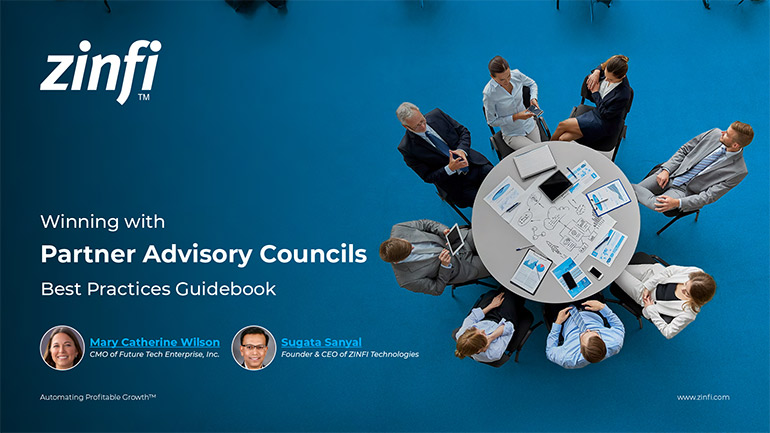 Winning with Partner Advisory Councils: Best Practices for Partner Engagement & Growth
Winning with Partner Advisory Councils: Best Practices for Partner Engagement & GrowthDownload Guide
 The Future of Partner Ecosystems Best Practices
The Future of Partner Ecosystems Best PracticesDownload Guide
 The AI Revolution: How Technology and Talent are Shaping the Future
The AI Revolution: How Technology and Talent are Shaping the FutureDownload Guide
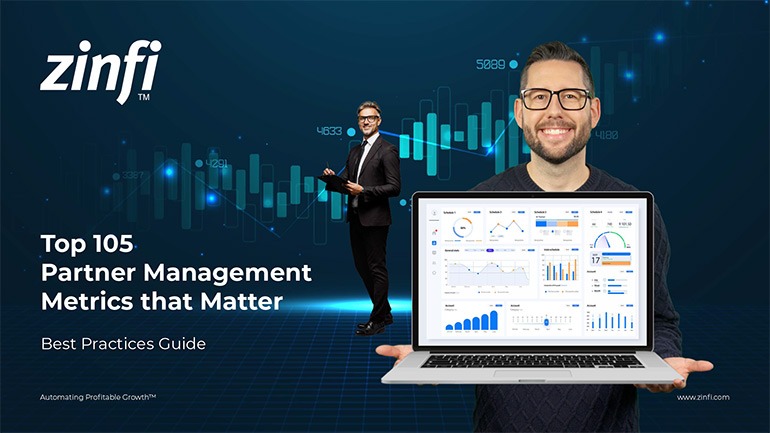 Top 105 Partner Management Metrics that Matter Best Practices
Top 105 Partner Management Metrics that Matter Best PracticesDownload Guide
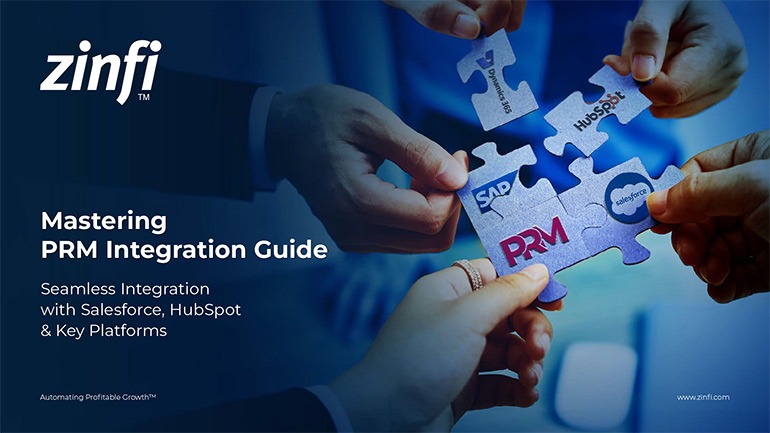 Mastering PRM Integration Best Practices
Mastering PRM Integration Best PracticesDownload Guide
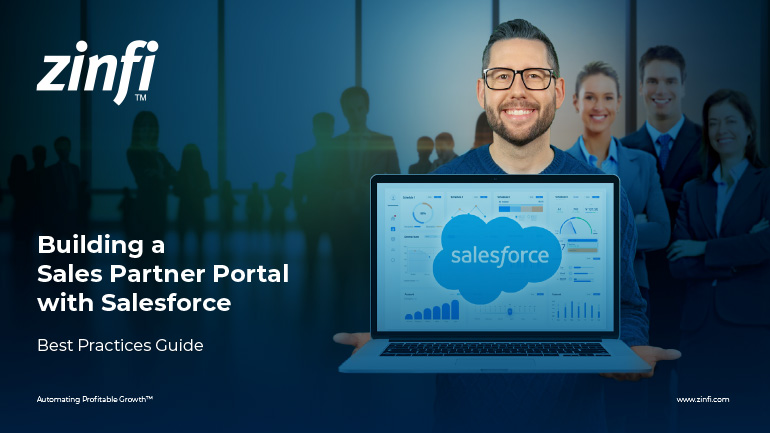 Building a Sales Partner Portal with Salesforce Best Practices
Building a Sales Partner Portal with Salesforce Best PracticesDownload Guide
 Building and Managing Partner Ecosystems Best Practices
Building and Managing Partner Ecosystems Best PracticesDownload Guide
 Mastering Co-Marketing and Co-Selling Best Practices
Mastering Co-Marketing and Co-Selling Best PracticesDownload Guide
 Transforming Partner Ecosystems Best Practices
Transforming Partner Ecosystems Best PracticesDownload Guide
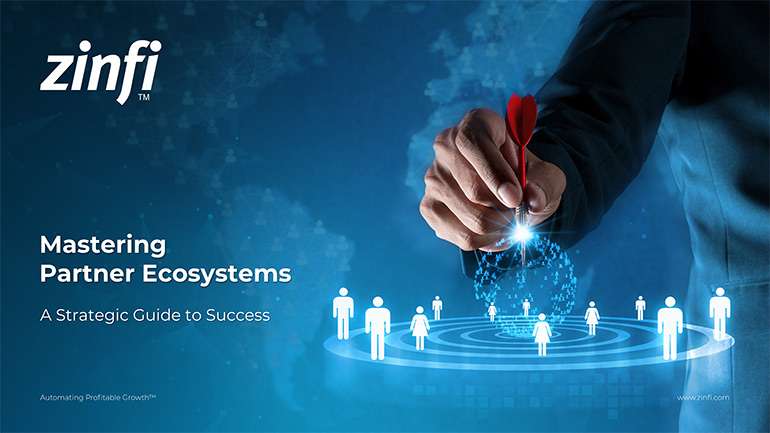 Mastering Partner Ecosystems Best Practices
Mastering Partner Ecosystems Best PracticesDownload Guide
 Mastering Partner Onboarding Best Practices
Mastering Partner Onboarding Best PracticesDownload Guide
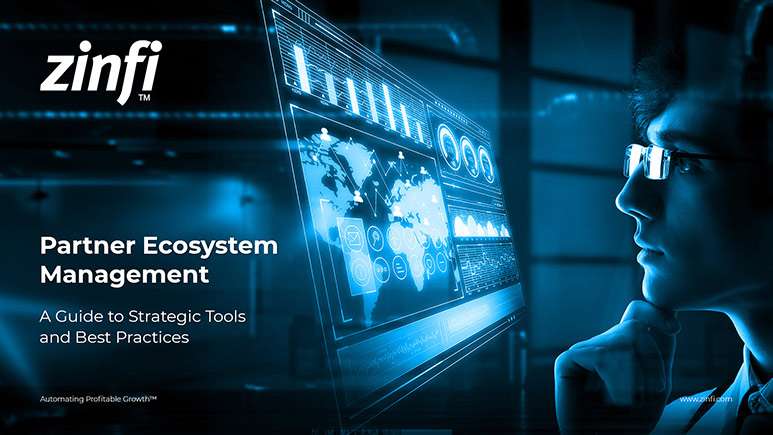 Partner Ecosystem Management Best Practices
Partner Ecosystem Management Best PracticesDownload Guide
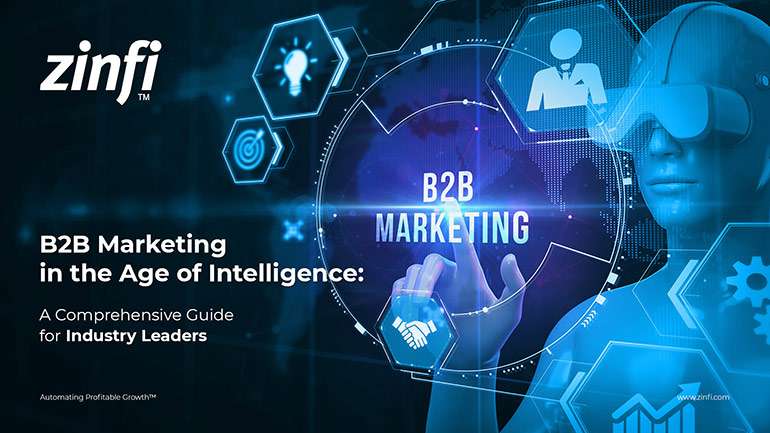 B2B Marketing in the Age of Intelligence Best Practices
B2B Marketing in the Age of Intelligence Best PracticesDownload Guide
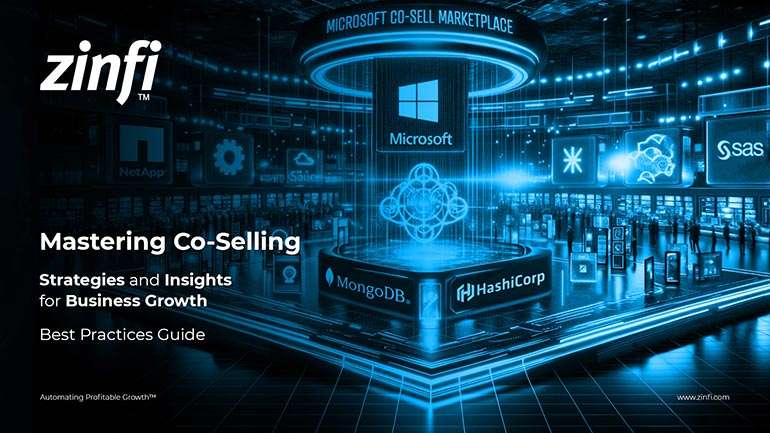 Multi-Partner Co-Selling Best Practices
Multi-Partner Co-Selling Best PracticesDownload Guide
 A Guide to Enhance Channel Sales Efficiency
A Guide to Enhance Channel Sales EfficiencyDownload Guide
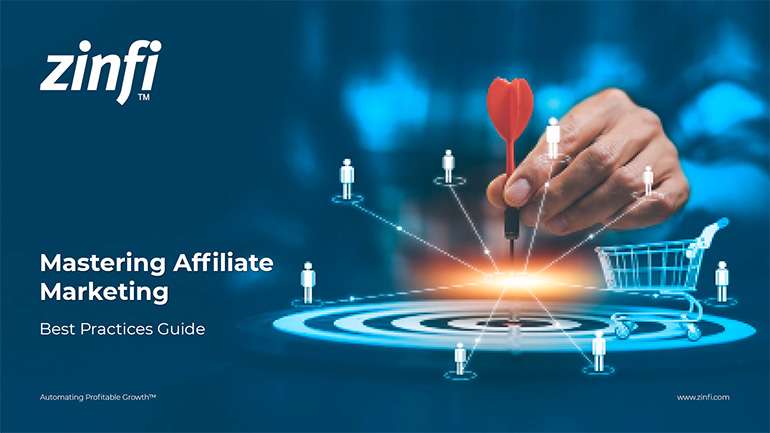 Mastering Affiliate Marketing Best Practices
Mastering Affiliate Marketing Best PracticesDownload Guide
 The Ultimate Guide to Channel Partner Management
The Ultimate Guide to Channel Partner ManagementDownload Guide
 Top 10 Trends in 2024 Partner Relationship Management
Top 10 Trends in 2024 Partner Relationship ManagementDownload Guide







